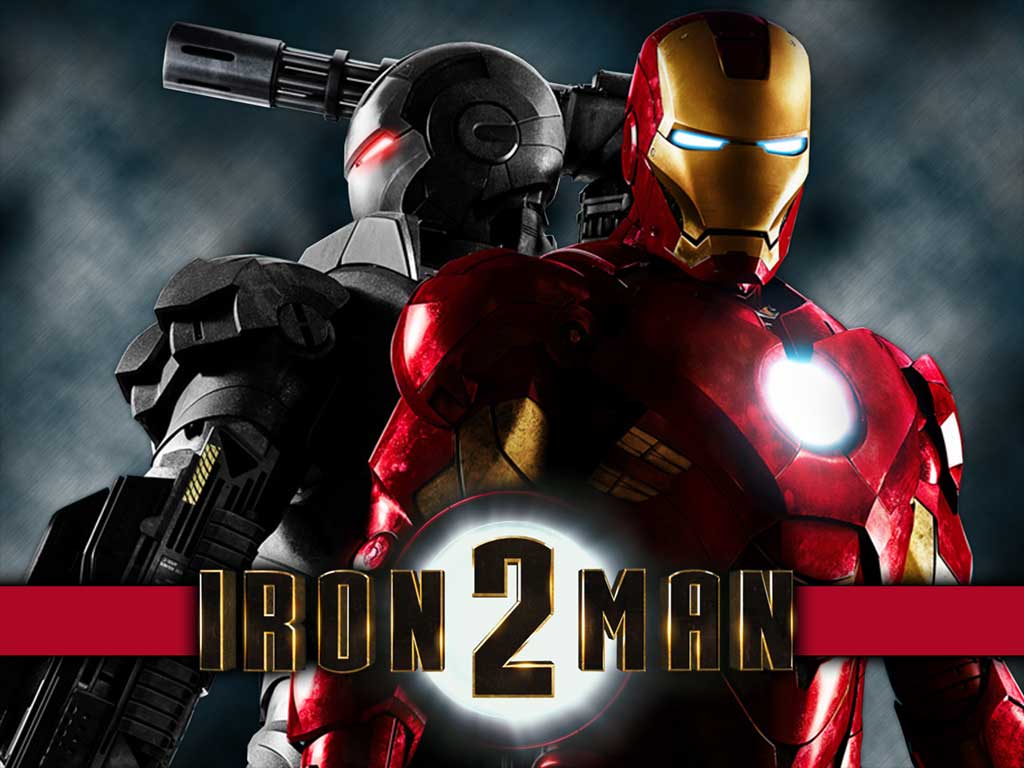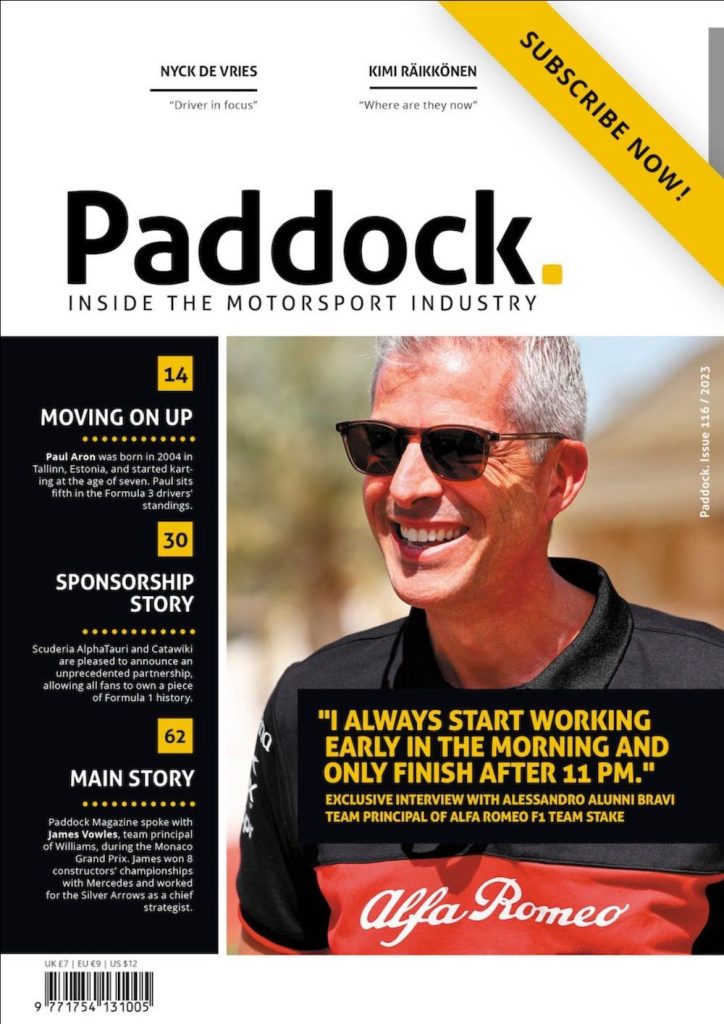Click here to subscribe to our print edition!
Released less than a month ago, the sequel has already received a broad thumbs up from critics, not least because of a raucous bust-up that takes place early on against the backdrop of the Monaco Historic Grand Prix, a spectacular setting deliberately chosen for its grotesque worldliness.
In case you didn’t see the first instalment released two years ago, the key point to remember about this action hero is that unlike Peter Parker or Clark Kent, he isn’t a spotty youth or shrinking violet. Instead his alter-ego Tony Stark is an eccentric, Howard Hughes – type billionaire who loves his toys. As the director of Iron Man 2 Jon Favreau recently told British magazine Top Gear, “Tony Stark is a man with everything so we thought, what sort of toys would this guy have?”
The answer explains why, despite the enormous expense and logistical difficulty, Favreau brought the whole film crew to Monaco to film an enthralling early sequence of mayhem and destruction against the glamour and bright lights of the GP circuit.
By the end of the first film, Stark’s impregnable Iron Man suit, the product of a military weapons company bequeathed to him by his father, has been rumbled by the authorities. The sequel develops that plot by dragging him down to a Senate committee in a rather obvious allusion to recent events with bankers. Worse, he has a mortal enemy and deadly impersonator in the form of Mickey Rourke’s Ivan Vanko, a tattooed roughie not dissimilar from the lumbering wreck that Rourke played in The Wrestler.
Both men have dysfunctional personalities based on absent fathers, setting them up for deadly confrontations, the first of which takes place at Monaco. With rotating fury that just builds as he strides down the harbour towards Stark, Vanko twirls evil flaming whips – the so-called flaming whiplash scene.
Prince Albert reportedly gave Favreau permission to film whilst F1 was running but Bernie Ecclestone overruled the decision.
Instead, scenes were shot in the run-up to last year’s F1 race and it is billed on-screen as taking place during the Historic GP. The filmmakers then recreated in a Californian studio parking lot several turns and two straights from the Monaco circuit. Favreau’s team put up guardrails, grandstands and “even put inflatable patrons in the seats,” adds John Armstrong, who worked on the film’s stunts and special effects. A huge green screen lets film editors key in wide shots of the Monaco skyline and harbour behind all the action. There is plenty of it.
The stunts include several cars flipping high into the air and Stark’s Rolls Royce Phantom getting sliced in half by the whips. This wasn’t a camera trick. Rolls-Royce built two identical Phantoms, each costing 438,000, which the film-makers cut to pieces and wired with explosive charges. They were then glued back together and smoothed out before being ripped apart when the charges detonated as the cameras were rolling.
Favreau insists that he alone chose the cars. “It was important to me that Tony drove a Rolls Phantom. We talked about using a Maybach, but the Rolls was the right car for Tony.” In his garage of automotive exotica, “we had to imply that this was a guy who has the best-engineered cars from each era.” By extension referring to his own love of hot motors, Favreau features his very own Deuce, the definitive 1930s hotrod, and in another scene, an expensively recreated Shelby Cobra gets wrecked.
Eight of the GP cars seen on the track were supplied by the Historic Grand Prix Association. Some 19 additional cars were built by Armstrong’s crew, using moulds they created based on 1978 Wolf F1 cars. However, only two of these were running models and were equipped with 320bhp V8 engines. “They are real racecars, capable of 100-plus mph speeds,” says Armstrong.
Stark’s blue and white car was driven by US stunt driver Tanner Foust whilst the yellow Kodak car carries the driver’s name of ‘Elon Musk’. Musk is the chief executive of electric car firm Tesla and he also founded the SpaceX space transport company which has a hangar-like facility used as a set in the film.
The movie is expected to be one of the biggest of the year so its images of Monaco and motor racing will reach millions of people worldwide. While the movie is not a car movie as such, it adds yet another layer of mystique to the biggest GP of the year and knowing that the director is a true petrol head more than justifies giving it your attention.






Related Articles